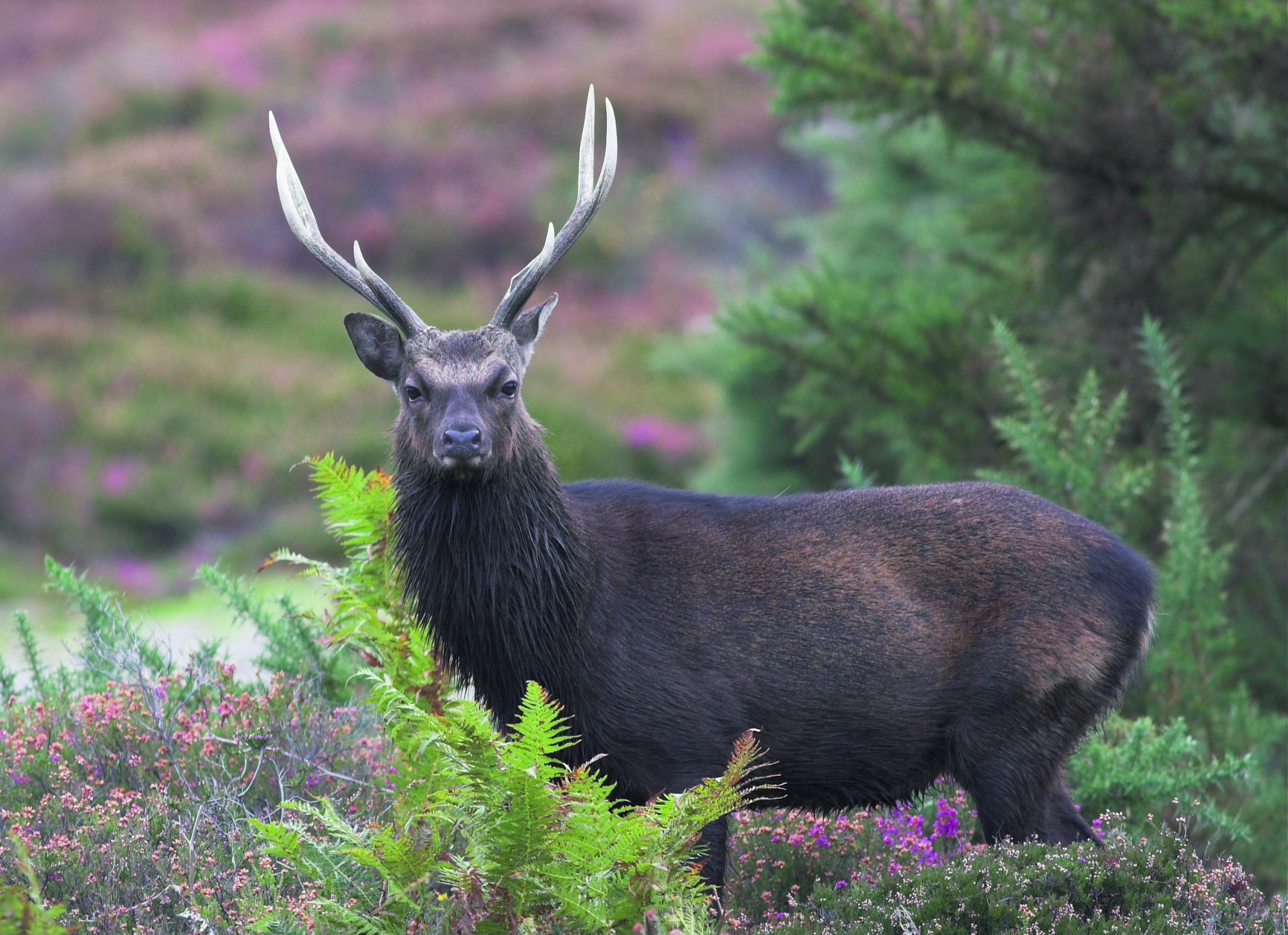News
Japanese knotweed – everything you need to know
Would you like to speak to our readers? We offer sponsored articles and advertising to put you in front of our audience. Find out more.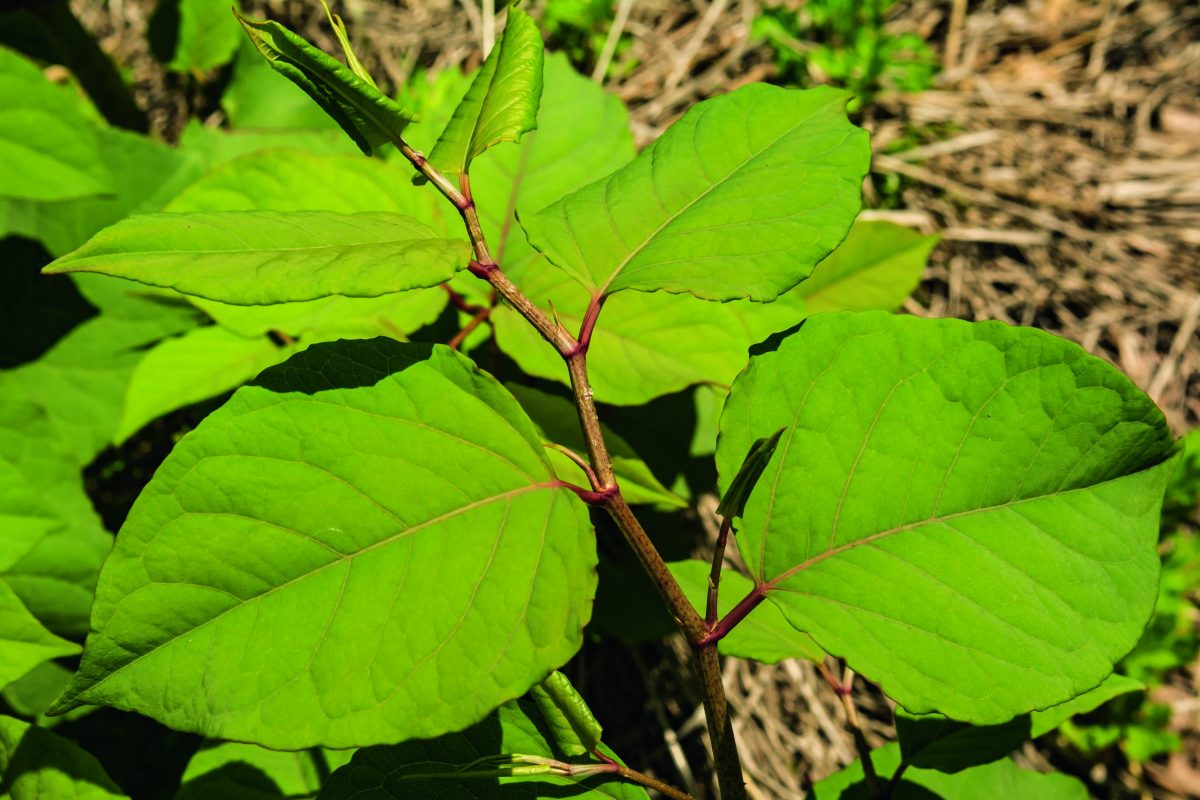
Over the coming months, Sporting Gun will be looking at some of the birds, animals and plants that for various reasons have arrived in the UK and since achieved the dubious distinction of being invasive aliens. This month it is the turn of a plant that is considered one of the most invasive of them all – a thug of a weed that crowds out native species, destroys pavements and can even prevent you from selling your house if it is found nearby. It is the Japanese knotweed.
Arrival
Like so many other of our unwelcome arrivals, Japanese knotweed was introduced to this country during Victorian times. It was discovered growing on the side of a Japanese volcano by a ‘plant hunter’ who decided it would make a good ornamental plant for residential gardens. By 1845, it had become much sought-after and prized for its exotic bamboo-like stems, heart-shaped leaves and clusters of attractive flowers.
Grown and sold commercially by nurseries, it was used for decorative purposes and considered as a potential source of feed for domestic animals. Studies even suggested that its extensive root networks might have a beneficial part to play in stabilising loose soil.
In time, however, the hardiness and true destructive powers of this plant started to become apparent. In its native habitat, its rapid growth is kept in check naturally by volcanic ash and erratic changes in climate. Sadly, the average British householder is unlikely to have a volcano in their garden. It might grow 20cm in a day if left unchallenged, and it has a devastating effect on its surroundings. The creeping shoots and rhizomes quickly spread out from the main plant, aggressively exploiting any weaknesses that they find in their way. They can break through surfaces like concrete, brick and tarmac, undermining the foundations of buildings. Meanwhile, other plants are simply overpowered and swamped as the light is blocked out.
It’s also extremely difficult to remove once the knotweed is established. New plants will quickly grow from any small fragments of rhizome left behind. Many herbicides only have a limited effect, and calling in specialists help to remove it is often the best solution. Because it re-establishes itself so easily, correct disposal is essential and is classified as controlled waste.

It is illegal to plant Japanese knotweed in the wild the UK
A few fast facts
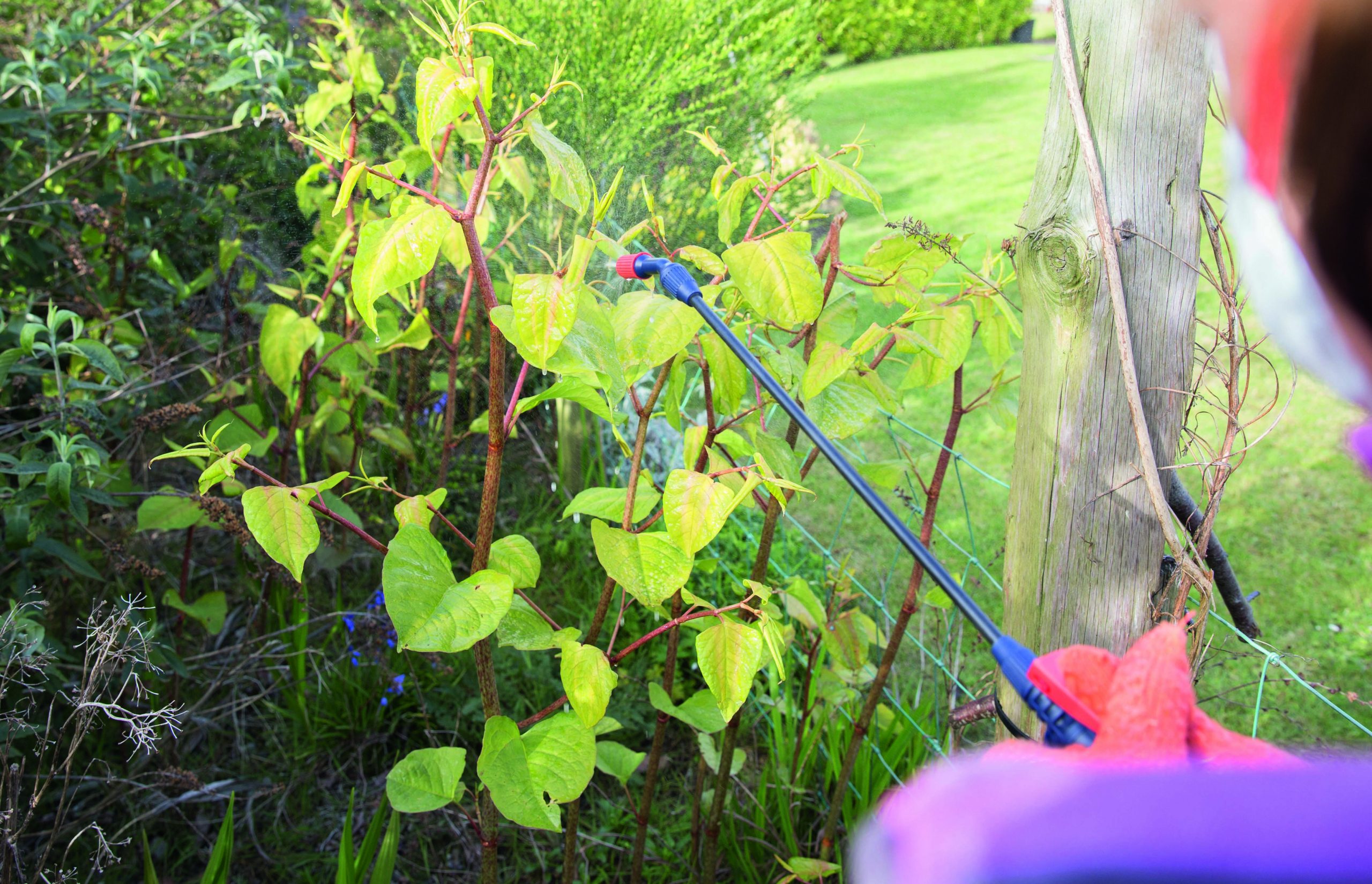
A herbicide can help with its removal
Main areas affected: Roadsides, paving, flower beds and borders, waste ground.
Impacts: Invasive root systems can damage concrete foundations, buildings, retaining walls and road surfaces. Grows over buildings and other structures. Shades and crowds out other vegetation. Dead canes can present a fire hazard.
Control measures: Japanese knotweed can only be eradicated by removal of the underground root network (rhizomes) and professional help may be necessary. The right herbicide can sometimes be effective; digging out must be total as only a few centimetres of root can grow back if left behind. New growing shoots are capable of penetrating covering materials and even small cracks in concrete.
Legal aspects: It is illegal to plant or encourage Japanese knotweed in the wild anywhere in the UK. Although not illegal to have it in a garden it must be controlled, and householders or landlords failing to do so can be fined or prosecuted.
Plant material is classed as controlled waste and can only be disposed of at licensed landfill sites. On no account should Japanese knotweed be included with normal household waste or put out in green waste collection schemes.
Since 2013, sellers of a property are required to state whether Japanese knotweed is present via a TA6 form (the form used for conveyancing).
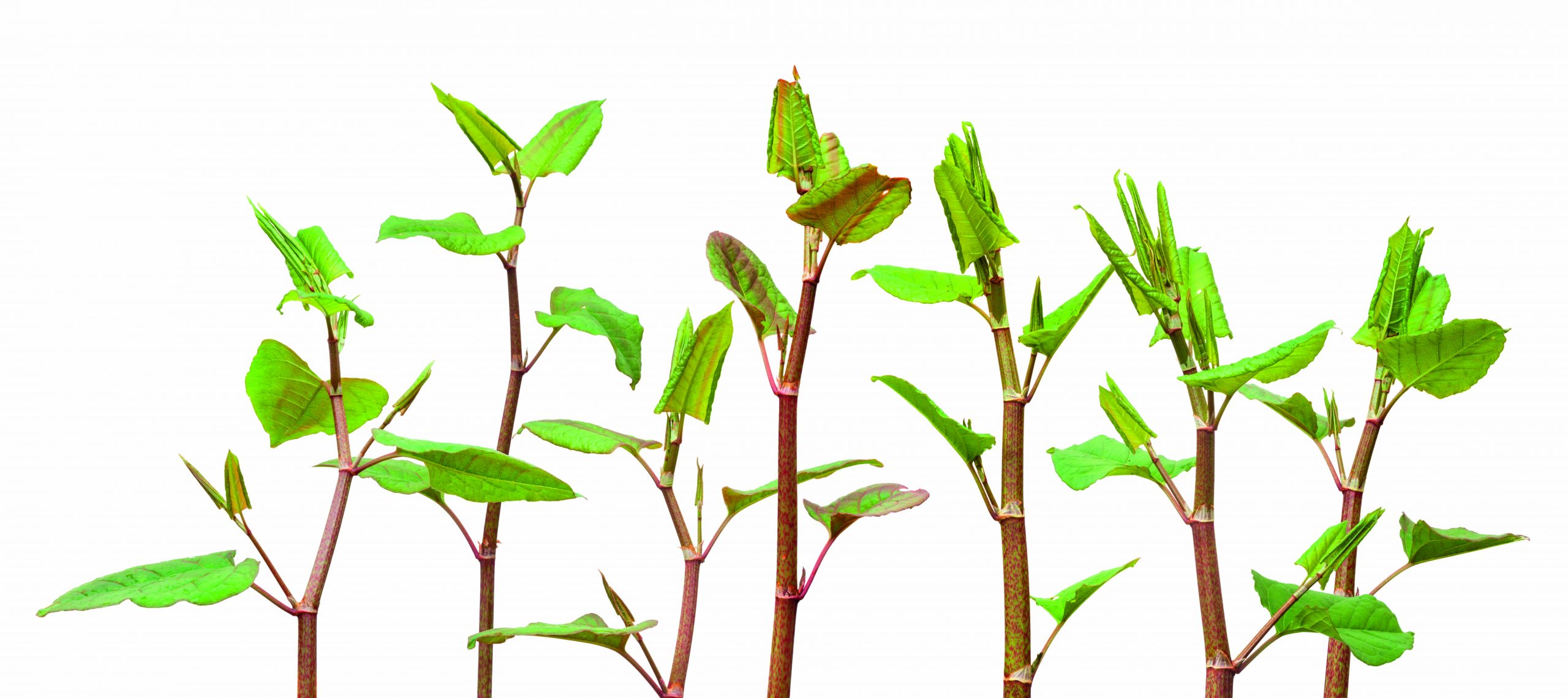
Japanese knotweed is capable of causing damage to buildings
Forage
Japanese knotweed may be legally grown in gardens, providing it is being kept under control. However, the homeowner may still be subject to prosecution if not, and it is an offence under UK legislation to cause it to grow anywhere in the wild. There have been any number of mortgages refused simply because it is present on a property, making it difficult for the unfortunate homeowner to sell up and move elsewhere.
Thankfully, unlike another UK invasive plant, the giant hogweed, the Japanese knotweed has no significant poisonous properties. Apart from a few reported cases of mild skin irritation, it poses no real health threat to humans. It is indeed edible, and the young stems, which look a bit like asparagus, have been compared to the taste of rhubarb, with both sweet and savoury properties depending on how it is prepared.
It contains vitamins A and C, and can be eaten raw or cooked. Widely gathered in Japan, where it is highly regarded as sansai, or wild forage, it is also used as a traditional medicine to treat a number of ailments in both Japan and China.
Forget the few beneficial qualities, however. Japanese knotweed is a brute of a plant. It has been transplanted from a place where it forms a part of the natural environment into one that it easily exploits. If you find any signs of Japanese knotweed growing near you, action needs to be taken to eradicate it without delay. Failure to do so will almost invariably end in tears.

Outside of its natural habitat, this plant grows rapidly
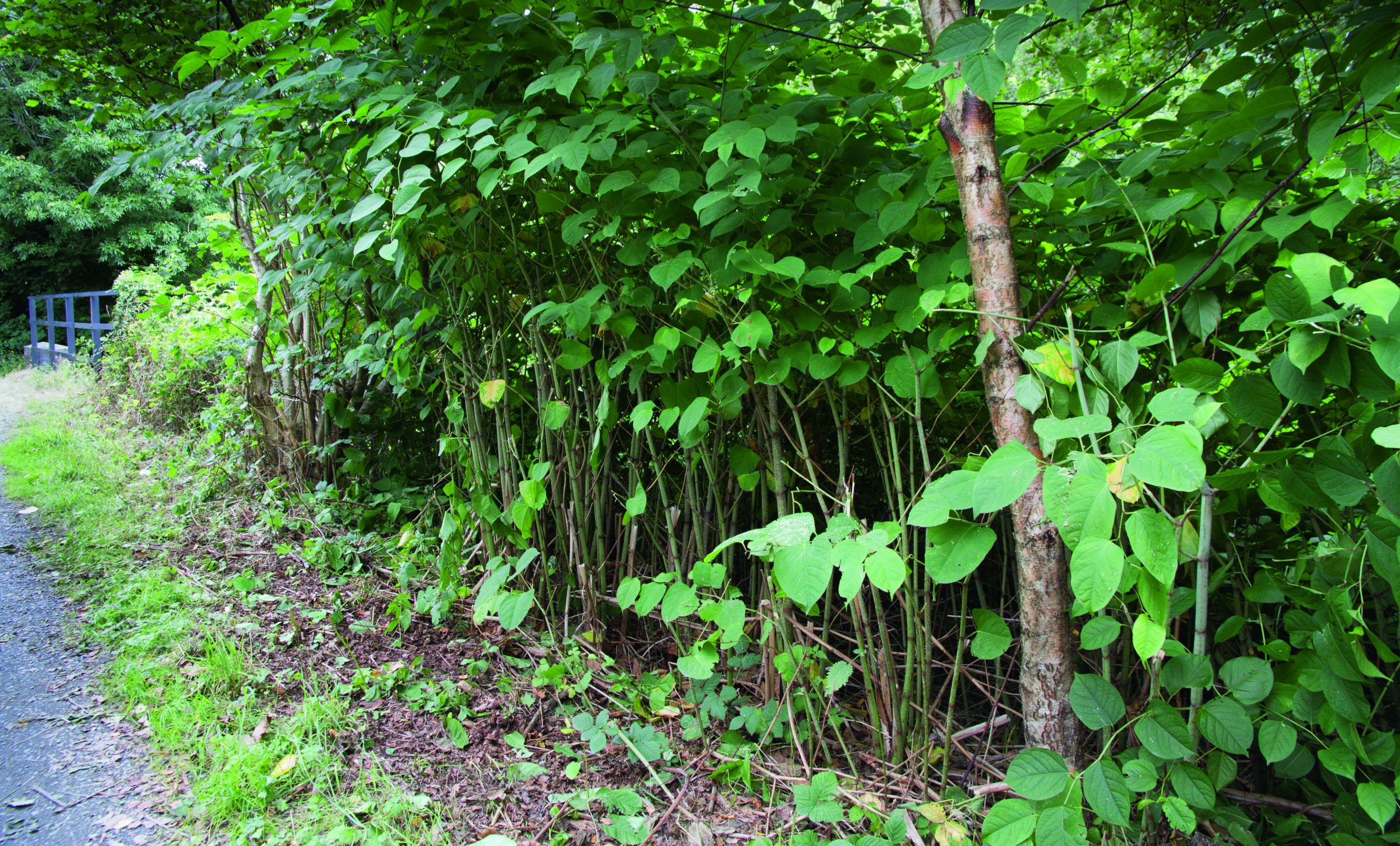
Even fragments of rhizome can easily regrow new plants
Quick facts
Natural distribution: Japan, China and Korea.
Introduced to: Canada, Europe, New Zealand and the USA.
Description: A tall weed with large creeping root networks that may extend 7m horizontally and 3m deep.
Stem: Hollow stems up to 4m high with purple flecks and raised nodes; similar to bamboo and often forming dense clumps.
Leaves: Heart or shovel-shaped, up to 14cm long, growing in a zigzag pattern along the stem.
Annual growth: Reddish-purple shoots emerge from crimson-pink buds at ground level in spring and grow rapidly. Stems die back to ground level in winter, but dry canes may remain.
Flower: Creamy-white flower tassels up to 15cm long are produced in late summer and autumn.
Reproduction: Only rarely seeds in the UK; most spread here is by sprouting rhizomes.
Related articles
News
PETA attacks royal couple for breeding cocker pups
The Prince and Princess of Wales have faced criticism from animal rights group PETA after they had a litter of puppies
By Time Well Spent
News
Farmers launch legal review against Reeves’s farm tax
Chancellor Rachel Reeves faces a judicial review over inheritance tax reforms that could force family farms out of business
By Time Well Spent
Manage Consent
To provide the best experiences, we use technologies like cookies to store and/or access device information. Consenting to these technologies will allow us to process data such as browsing behavior or unique IDs on this site. Not consenting or withdrawing consent, may adversely affect certain features and functions.
Functional Always active
The technical storage or access is strictly necessary for the legitimate purpose of enabling the use of a specific service explicitly requested by the subscriber or user, or for the sole purpose of carrying out the transmission of a communication over an electronic communications network.
Preferences
The technical storage or access is necessary for the legitimate purpose of storing preferences that are not requested by the subscriber or user.
Statistics
The technical storage or access that is used exclusively for statistical purposes.
The technical storage or access that is used exclusively for anonymous statistical purposes. Without a subpoena, voluntary compliance on the part of your Internet Service Provider, or additional records from a third party, information stored or retrieved for this purpose alone cannot usually be used to identify you.
Marketing
The technical storage or access is required to create user profiles to send advertising, or to track the user on a website or across several websites for similar marketing purposes.



